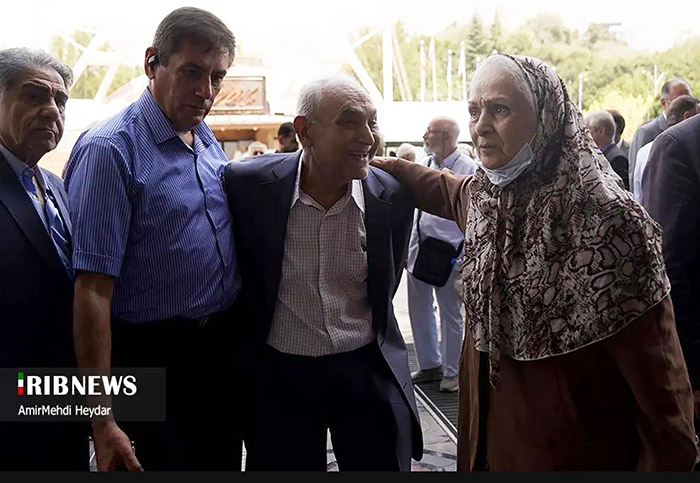Eyewitnesses described the early morning strike as sudden and devastating. The Glass Building, with its distinctive façade, succumbed quickly to flames and structural collapse, a harrowing sight for Tehran’s residents and viewers worldwide. Videos circulated on social media showed the towering glass edifice engulfed in smoke, its iconic structure reduced to a skeletal remnant of steel and glass.
Though the attack crippled the physical infrastructure, IRIB’s broadcasting operations continued. Remarkably, news broadcasts resumed from backup studios within hours — a testament to the resilience and preparedness of Iranian state media. Yet, the psychological and symbolic impact of the attack remains profound. For many, it felt like a direct challenge to the sovereignty and propaganda apparatus of the Islamic Republic.
Who Was Abdolaziz Farmanfarmaian?
Understanding the significance of the Glass Building also requires understanding the life and work of its architect, Abdolaziz Farmanfarmaian.
Born in 1299 (1920 CE) in Khuzestan, Farmanfarmaian hailed from a distinguished lineage. His father, a descendant of Abbas Mirza of the Qajar dynasty, had served as governor of several key provinces in Iran. Growing up in a family intertwined with political and social prominence, Farmanfarmaian had access to elite education and an exposure to the complex tapestry of Iranian society.
He pursued his architectural studies at the prestigious École Nationale des Beaux-Arts in Paris, a bastion of classical and modern art education. Returning to Iran, Farmanfarmaian embarked on a career that would see him design some of the most iconic structures in modern Iranian history. His work was deeply influenced by European modernism, yet he maintained a sensitivity to Persian architectural heritage — blending tradition with innovation.

